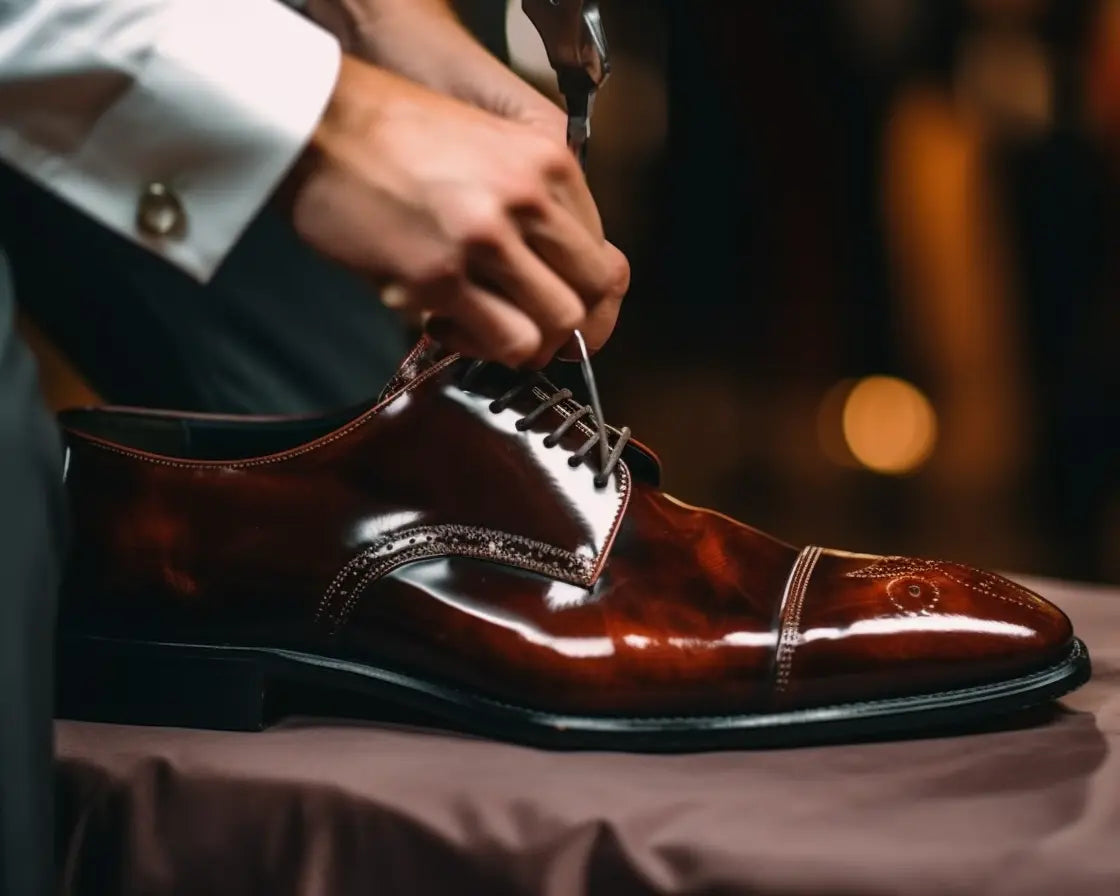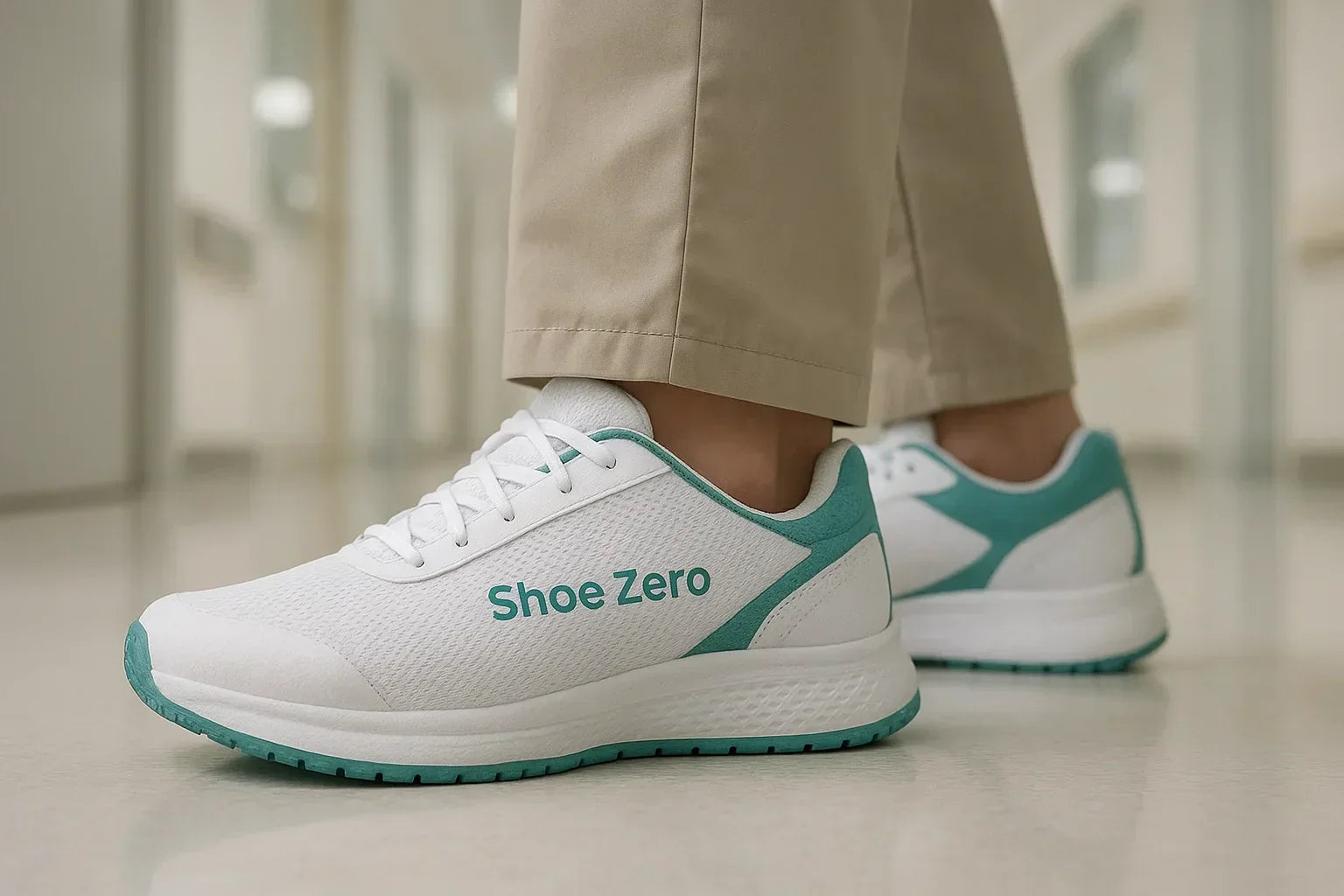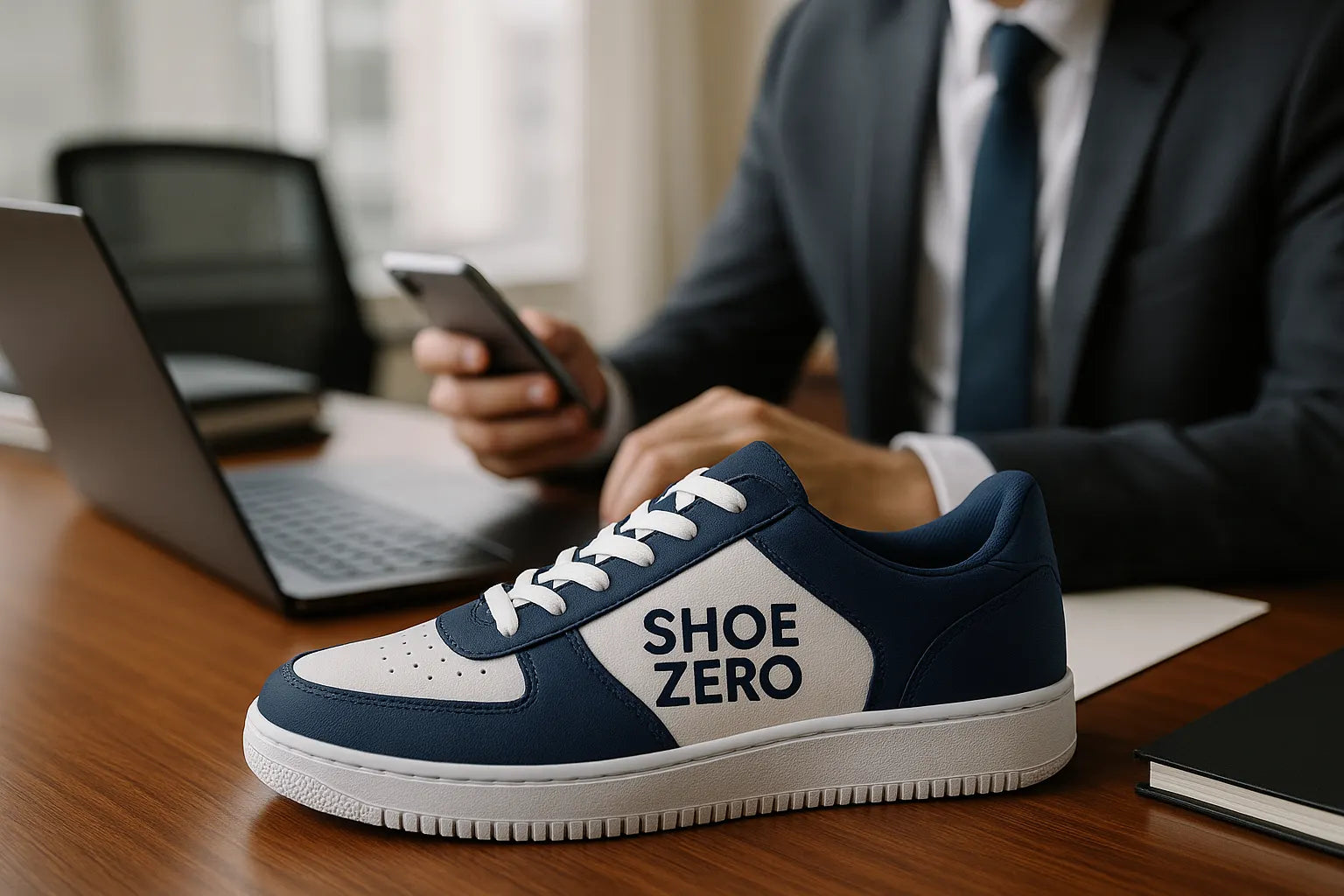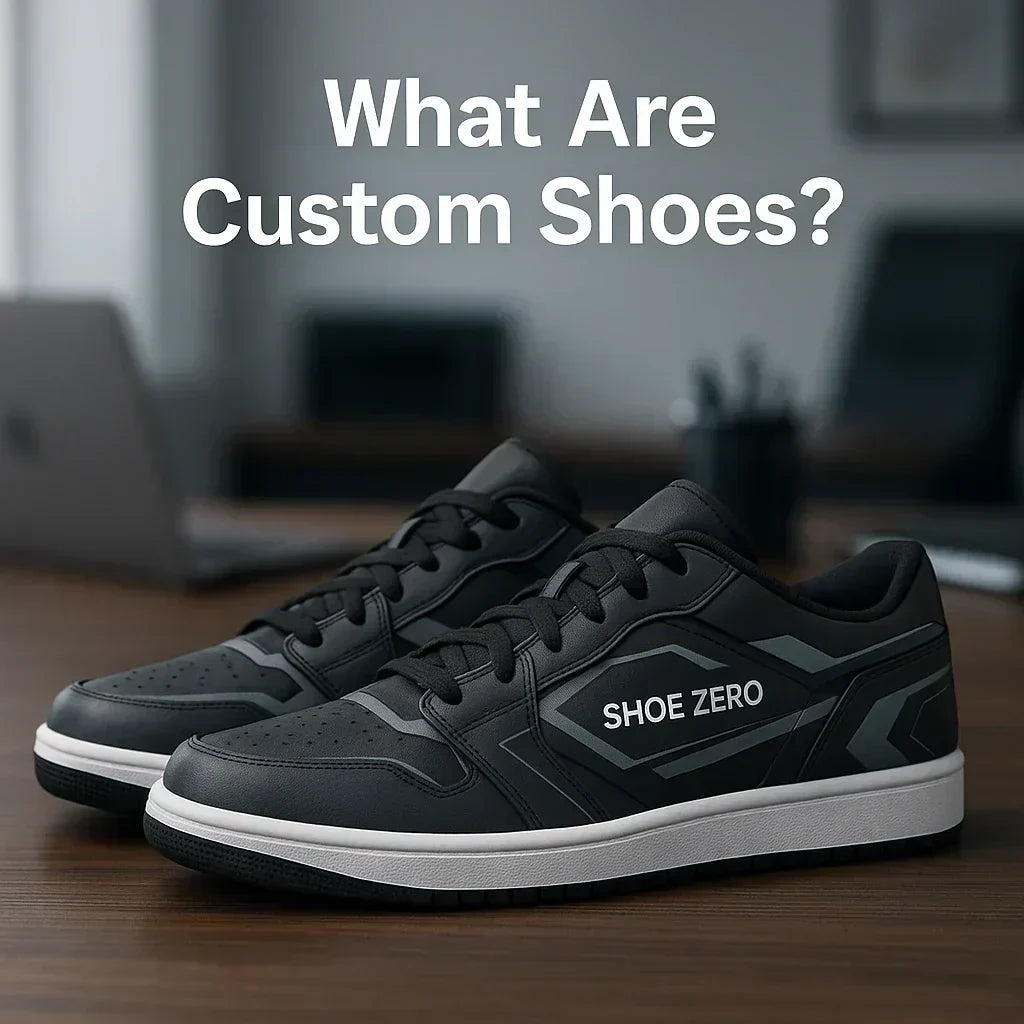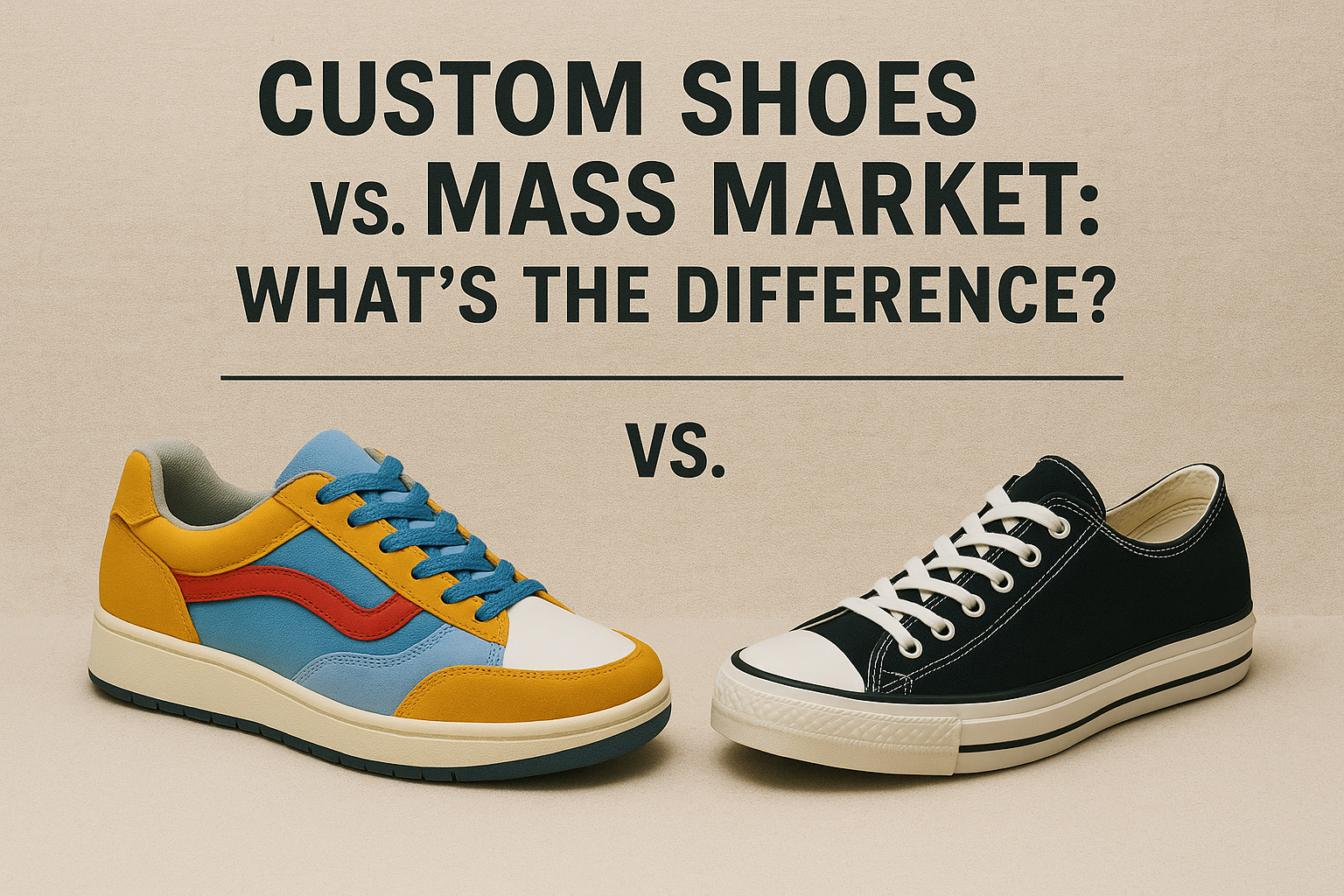Are your shoes feeling a bit off lately? Wondering if they're the right fit? Finding the perfect pair of shoes goes beyond style – it's about comfort and health too. Ill-fitting shoes can lead to discomfort, blisters, and even long-term foot problems. In this guide, we'll dive into the art of shoe sizing, helping you determine whether your shoes are too big, too small, or just the right fit. We'll cover everything from slipping heels to snugness and even provide tips to fix slightly oversized shoes. Along the way, we'll also touch on common shoe terminology to help you better understand fit and function. Let's lace up and get started! Let's lace up and get started!
How to Tell If Shoes Sizes Are Too Big or Too Small
Getting the right shoe size isn't just about matching numbers; it's about how your feet feel when you wear them. Accurate measurements play a key role in finding the right shoe size. Let's explore some telltale signs that your shoe might not be the right fit.
Putting Shoes On
The journey to determining if your shoes are the right size begins with the initial fitting. When you put on a pair of shoes, pay attention to how they feel as you slide your feet in. If there's excessive tightness or too much room, these could be early signs of improper sizing.
Walking in Potential Shoes
Don't just stand around – take a walk in those shoes! Walking allows your feet to move naturally, giving you a better idea of your shoe fit. As you stroll, check for any unusual friction or discomfort. If your shoes’ sizes are too big, your feet might slide back and forth, causing friction and potential blisters.
Your Feet Slip When You Walk
One clear sign that your shoe sizes are too big is when your feet slide inside them as you walk. If you feel like you're constantly readjusting or clenching your toes to keep the shoes on, they might not be the right size for you.
The Width of the Shoe Rub on Your Heels
Heel discomfort is a common indicator of shoes that are too big. If your heels consistently rub against the back of the shoe, it could lead to painful blisters. Remember, your shoes should be snug but not uncomfortably tight.
The Shoe Laces Are Overlapped
When you tie your shoelaces, take a glance at how they meet. If your laces overlap significantly or the sides of the shoe close in too much, it might mean your shoes are too big.
You Have Too Much Space in the Front of the Shoe
Look at the area around your toes. If there's too much empty space at the front, your shoes are likely too big. This extra space can lead to your toes jamming against the front when you walk, causing discomfort.
The Difference Between Tight and Snug
Understanding the distinction between tightness and snugness is crucial for finding the perfect fit. Let's break down the difference.
Too Tight
Shoes that are too tight can cause pain, restrict blood circulation, and lead to bunions or calluses. If you feel pinching, numbness, or your toes are pressed against the front, the shoes are likely too tight.
Snug Shoes
Snugness, on the other hand, indicates a close and comfortable fit. Snug shoes offer ample support without cramping your toes or causing discomfort. They're your ideal companions for long walks or extended wear.
The Perfect Fit
The quest for the perfect fit involves finding that sweet spot between too big and too small. Your shoes should hug your feet comfortably, providing support without constricting movement.

Is It Better for Shoes to Be Tight or Loose?
It's essential to strike a balance between tightness and looseness. Shoes that are excessively tight can lead to foot issues, while overly loose shoes lack the support needed for healthy strides. Opt for a fit that's snug but not restrictive, ensuring your feet have room to breathe and move naturally.
How to Fix Shoes That Are a Little Too Big?
Have a pair of shoes that you love but are just a tad too big? Don't worry – there are solutions.
Insoles and Inserts
Gel insoles or padded inserts can fill the extra space, providing a snugger fit. They cushion your feet and prevent sliding, offering comfort and stability.
Adjustable Inserts
Consider heel grips or tongue pads that you can adjust to reduce excess space. These nifty additions can make a noticeable difference in fit.
Thick Socks
Wearing thicker socks can help occupy some of the space, making your shoes fit more snugly. Just ensure the socks don't make your shoes overly tight, leading to a different set of problems.
How to Avoid Buying Shoe Sizes That Are Too Big?
Prevention is better than cure. Follow these tips to ensure you buy the right size shoes from the get-go.
Measure Your Shoe Sizing
Measure your feet before every purchase. Our foot shoe size can change over time, and this simple step can save you from making an ill-fitting choice.
Try Before You Buy
Always try shoes on before purchasing. Walk around the store, check for any discomfort, and make sure there's enough wiggle room for your toes.
Shop at the Right Time
Shop for shoes in the afternoon or evening. Your feet tend to swell throughout the day, so trying shoes on during this time can help you avoid getting shoes that are too small.
How to Measure Shoe Size?
Getting an accurate measurement is the foundation of finding the right shoe sizes. Follow these steps for precise measurements:
- Gather Supplies: You'll need a ruler, paper, and a pen.
- Trace Your Foot: Place your foot on the paper and trace its outline.
- Measure Length: Use the ruler to measure the length from the heel to the longest toe.
- Measure Width: Measure the width at the widest part of your foot.
- Find Your Size: Use a sizing chart provided by shoe manufacturers to determine your shoe sizes.
_________________________________________________
Key Takeaways
Knowing how to tell if shoes are too big is crucial for both comfort and foot health. Ill-fitting footwear can lead to blisters, pain, and even long-term problems. By paying attention to the signs, like heel slippage, toe gaps, or lack of support, you can make smarter decisions about sizing and ensure your shoes help you walk with confidence. The right fit not only keeps your feet healthy but also boosts your style and performance.
At Shoe Zero, we believe the best shoes are the ones that fit your life perfectly and reflect your personal style. That’s why we make it easy to create custom shoes designed exactly the way you want them. Looking for performance? Explore custom basketball shoes. For everyday wear, check out our custom low tops and custom high tops. If durability is your focus, browse our custom boots, or keep it casual with custom sandals. Don’t forget we also offer custom kids shoes for growing feet, plus a wide range of custom merch to complete your look.
The perfect fit matters, so whether you’re learning how to size shoes correctly or designing your own, Shoe Zero helps you stay comfortable, confident, and stylish every step of the way.
FAQs (Frequently Asked Questions)
1. Can shoes that are too big cause blisters?
Yes, shoes that are too big may give you blisters due to friction from your foot moving around inside them.
2. What's the difference between snug and tight shoes?
Snug shoes are comfortably fitted, providing support without discomfort. Tight shoes are overly constricting and can lead to pain and foot issues.
3. Can I fix shoes that are slightly too big?
Yes, you can use insoles, adjustable inserts, or wear thicker socks to improve the fit of slightly oversized shoes.
4. Why is it important to measure my feet often?
Foot size can change over time, so measuring frequently helps you buy shoes that fit well.
5. Is it better to buy shoes in the morning or evening?
It's better to shop for shoes in the afternoon or evening when your feet are slightly swollen, as this ensures a better fit.


